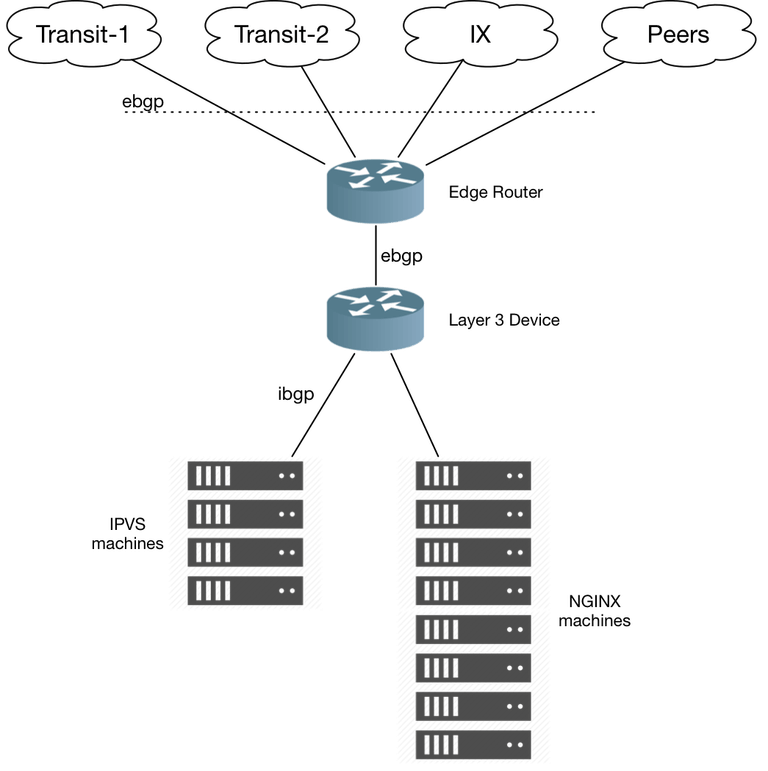Dropbox is significantly expanding its network edge infrastructure designed to drastically improve network syncing speeds. Dropbox network engineer Raghav Bhargava laid out a roadmap that takes advantage of in-house infrastructure and networking partnerships to improve service.
In a previous announcement, Dropbox had explained why they were moving away from Amazon Web Services (AWS). According to the post, "Bringing storage in-house allows us to customize the entire stack end-to-end and improve performance for our particular use case. Second, as one of the world's leading providers of cloud services, our use case for block storage is unique. We can leverage our scale and particular use case to customize both the hardware and software, resulting in better unit economics."
Bhargava explains that 75 percent of Dropbox users are located outside of the United States, but all their servers and point of presence (PoPs) were located inside the US. This could potentially affect network performance as international users would often have to use high latency transport networks back to the origin.
The blog post gets pretty technical when it comes to the Dropbox routing architecture, but basically the old network architecture used a mixture of border gateway protocol (BGP) and open shortest path first (OSPF) routing protocols to peer with external networks and manage internal networking information. In 2015, they switched from OSPF to IS-IS for internal network traffic and implemented a protocol called multi-protocol label switching (MPLS), a more efficient way of forwarding traffic using layer-2 tags (or labels). From there, it was a matter of establishing PoPs in Europe and Asia and form peering relationships with the ISPs in those regions.
Once the PoPs were in place, Dropbox created an edge proxy to speed up network transfers: "The edge proxy stack handles user facing SSL termination and maintains connectivity to our backend servers throughout the Dropbox network. Edge proxy stack comprises of IPVS and NGINX machines."

The post explains more in-depth routing information (and as a CCNP, I love the details), but needless to say, the improvements that Dropbox is making to its network will drastically improve performance for international customers.
By placing emphasis at the edge, Dropbox gets closer to the user and effectively acts like its own content delivery network (CDN) not unlike how traditional CDN providers such as Akamai work. Companies that rely on content delivery on a massive scale such as Netflix also place emphasis on their edge network to deliver the best possible performance. Instead of utilizing hundreds of gigabits of bandwidth, Dropbox is now dealing in terabits. European users are getting 40 percent faster download speeds, while Japanese users have had their download speeds doubled.
Not only is content delivered faster, Dropbox claims it cuts their overall networking costs in half, which is significant for a company whose primary business is network storage.
